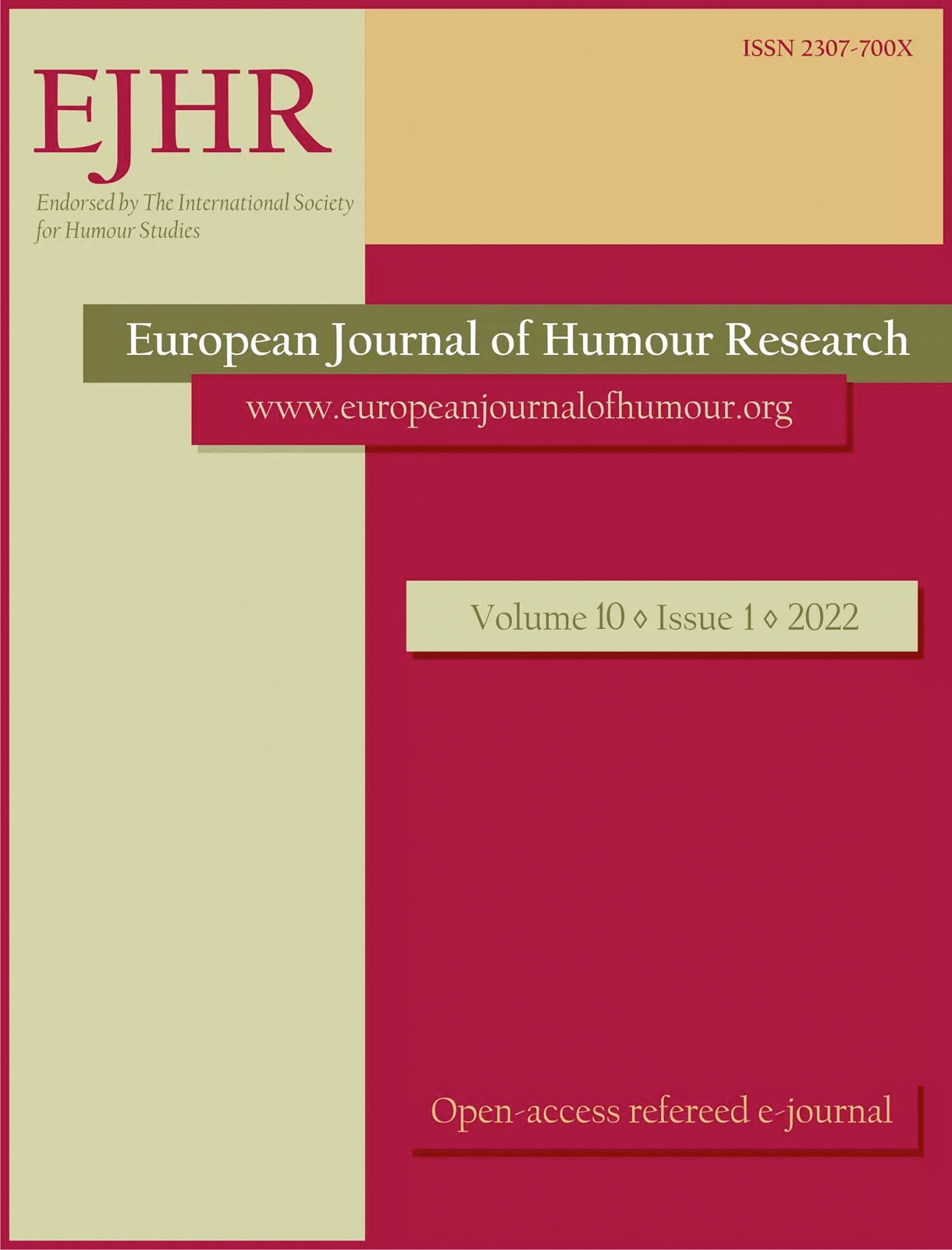Hideous or hilarious?
Hideous or hilarious?
The fine line between disgust and humour
Author(s): Justyna JajszczokSubject(s): Language and Literature Studies, Theoretical Linguistics, Applied Linguistics, Communication studies, Pragmatics, Sociolinguistics, Descriptive linguistics
Published by: Krakowskie Towarzystwo Popularyzowania Wiedzy o Komunikacji Językowej Tertium
Keywords: Benign Violation Theory; disgust; humour; Jimmy Carr; Parasite Avoidance Theory
Summary/Abstract: The article compares disgust as defined by the Parasite Avoidance Theory (PAT) and humourexplained through the Benign Violation Theory (BVT) in order to analyse whether their affinitycould be explained by analogous evolutionary conditioning. Both disgust and humour can beseen as specific, involuntary reactions toward particular triggers, and both may be connectedwith certain types of violations, particularly violations of body and violations of social norms.Moreover, disgust-sensitivity and humour-sensitivity are assumed to be largely dependent onpersonal circumstances and thus very difficult to predict before exposure to triggers. Accordingto these theories, the fundamental difference between disgust and humour is that while thesuccess of the latter is predicated on its benignness, the former must necessarily appearmalignant enough to elicit the desired effect. The final part of the article is a case study of a“disgusting” joke by British comedian Jimmy Carr, in which various violations recognised byPAT and BVT are analysed.
Journal: The European Journal of Humour Research
- Issue Year: 10/2022
- Issue No: 1
- Page Range: 29-36
- Page Count: 8
- Language: English

